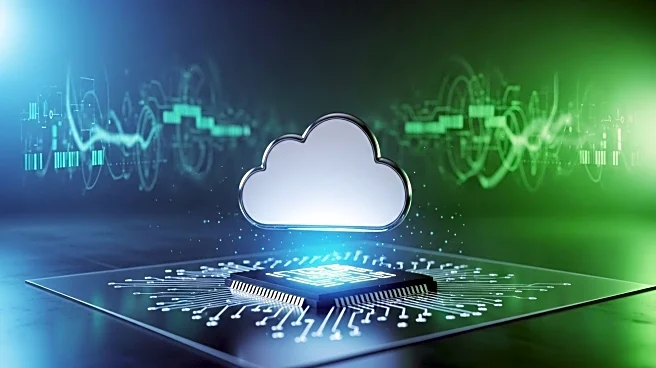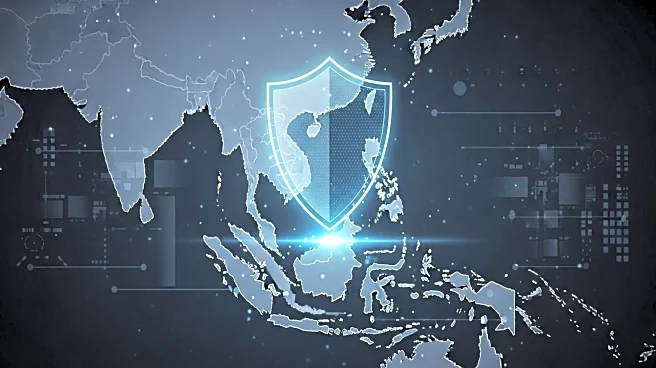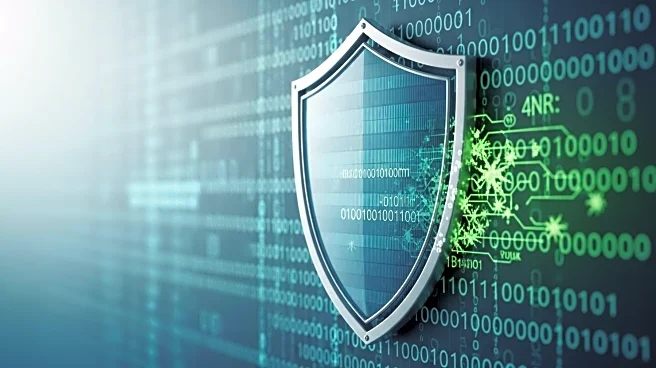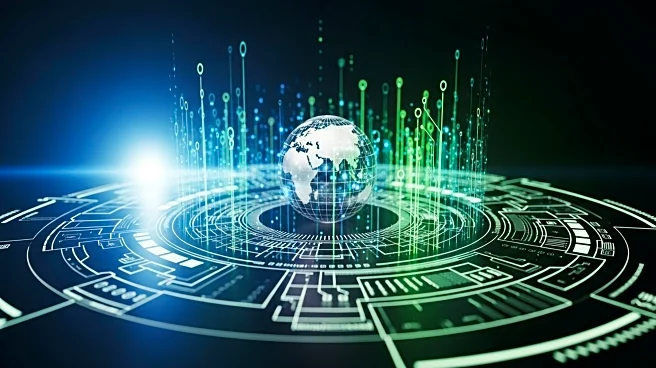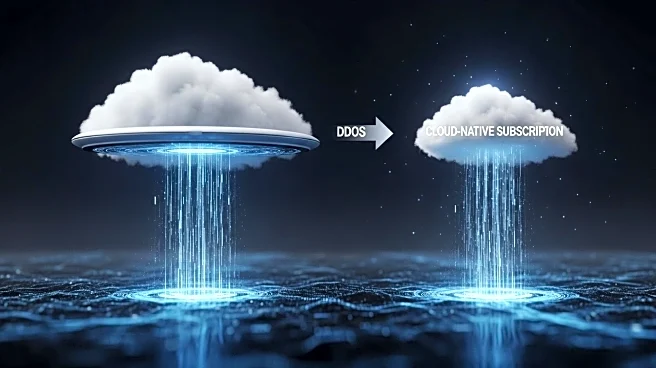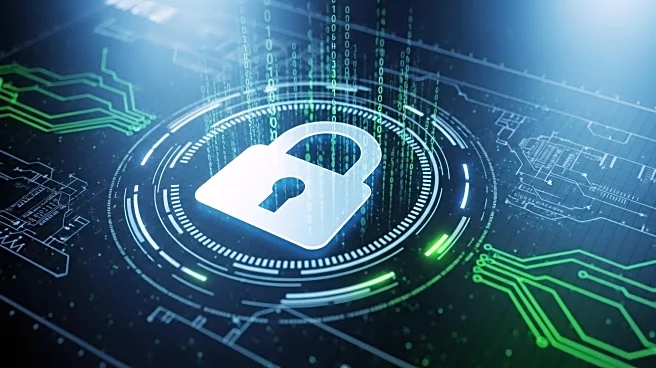What's Happening?
The global Runtime Application Self-Protection (RASP) market is expected to grow significantly, reaching USD 5.1 billion by 2031, with a compound annual growth rate (CAGR) of 9.5% from 2025 to 2031. This growth is driven by the increasing adoption of advanced in-application security solutions across various industries, including finance, healthcare, and government. RASP technology provides real-time threat detection and protection within applications, which is crucial as cyberattacks become more sophisticated and cloud-native environments expand.
Why It's Important?
The expansion of the RASP market reflects the growing need for robust cybersecurity measures in an era of digital transformation. As enterprises adopt complex application architectures, the demand for security solutions that can operate in real-time and adapt to dynamic threats is increasing. This trend is likely to influence the cybersecurity industry, prompting further innovation and investment in security technologies. Organizations that integrate RASP solutions can enhance their operational resilience and compliance with data security regulations.
What's Next?
The future of the RASP market will be shaped by advancements in artificial intelligence and behavioral analytics, which are expected to enhance the capabilities of RASP solutions. As enterprises continue to embrace microservices, APIs, and container-based architectures, the integration of RASP into development and deployment cycles will become more prevalent. This will drive further adoption of DevSecOps practices, enabling faster vulnerability remediation and strengthening enterprise risk management frameworks.


